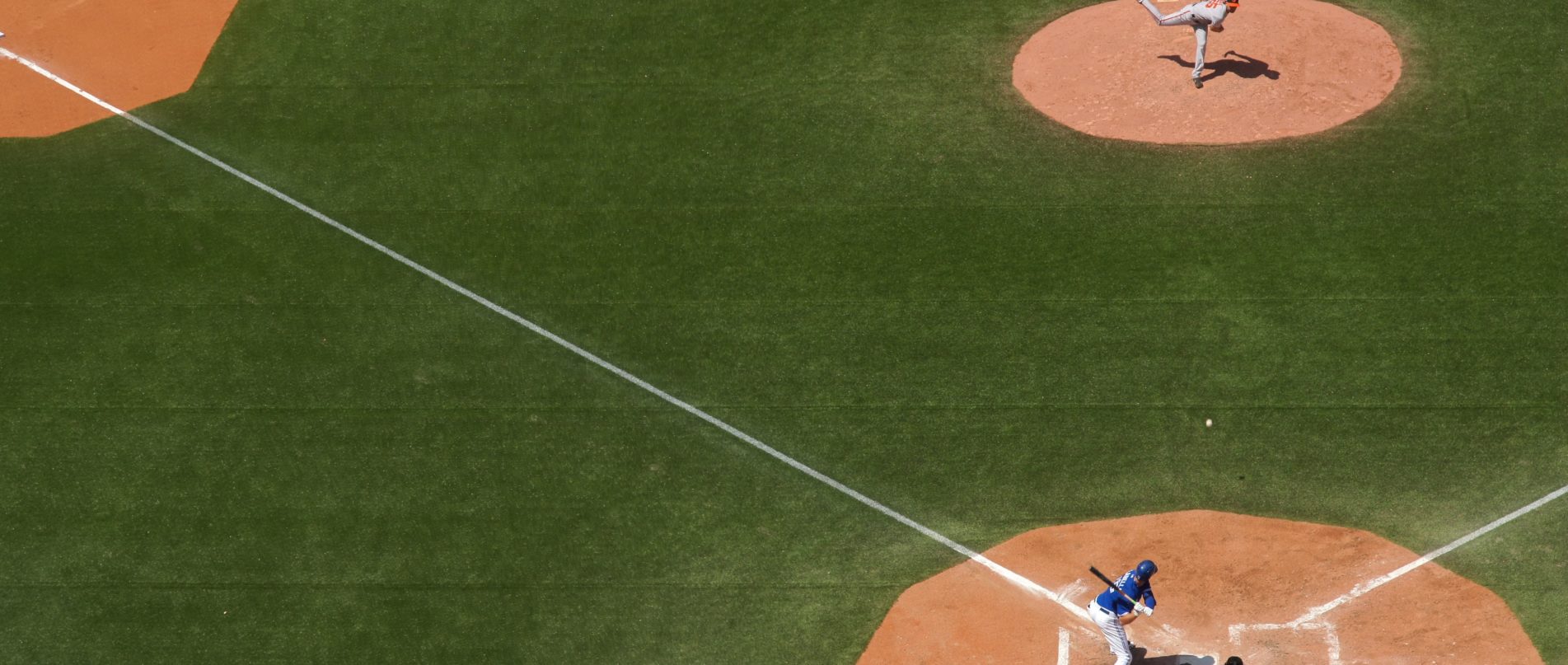
Prompt Images
Baseball is back, baby! Oh? You aren’t as excited by that as I am? Actually, I get that…
Let’s face it, there aren’t a lot of exciting plays in baseball. And games can be, well, a little long. In fact, the average length of an MLB in 2021 was three hours and ten minutes, a new record for a league that has been around for over 100 years.
Even worse, according to a 2013 Wall Street Journal study, there are only 18 minutes of actual game play in an average major league baseball game. Compare that to the 1 hour and 14 minutes of time clocked per game, on average, just waiting on pitches, and you’ll start to understand why I love double plays so much. We get two outs in one pitch!
Double plays come in all shapes (but only one size!), and today I am here to talk you through the best of the best. I have consulted with some smart baseball minds (and Dennis William) to give this definitive ranking its definitiveness. Without further ado…
1) 5-4-3 (Third base to second base to first base)
This is the classic, and the classic is the classic for a reason. You get to see the ball whipped around the horn (weekdays at 5 on ESPN) with razor precision. Bang, bang, bang. It’s always a race to the bag between the ball, which has to travel approximately 270 feet, and the batter, who has to run 90 feet. Plus you get the awesome turn at second, where chaos can always ensue.
(ONE NOTE – The actually best double play in history is an 9-2-7-2 (right field to catcher to left field to catcher) double play, but it’s such a unicorn of a play, and involved a catcher breaking his leg on the first out and then still making the play for the second out. Anyways, I couldn’t count it in the list, but wanted to share the madness and devastation with you here:
2) 9-2 (Right field to catcher)
Everyone loves a play at the plate (unless you are a catcher, unless unless you are Pudge Rodriguez and you love carnage) and the throw from right field with a runner barreling down from third base, gives us the best angle. It also forces the catcher to do the incredible catch and turn and tag. Baseball has legislated the big collisions at the plate out of the game, but this double play still gets us some contact, speed, and a cannon from right field.
3) 2-3-2 (Catcher to first to catcher)
Spotting this one in the wild takes a patient eye, as it takes a whole lot of circumstance to pull off. Most of the time you need the bases loaded, and then a nubber off the bat, and a quick-springy catcher. This one starts with the catcher fielding it and throwing down to first who then throws back home, where the catcher has returned to get the runner from third, who will need to be tagged, since the out at first broke up the force. A lesser variation is a 2-3 where the catcher can step on the plate and then throw down to first, but like the last one, all plays at the plate are better than any plays anywhere else.
4) Strike ‘Em Out, Throw ‘Em Out (K, 2-6)
Another bit of a twist on the traditional choice here. This one involves a strikeout pitch, with the runner on first (or second, technically) attempting to steal a base. After a swinging strike three, the catcher throws down to second (or third, technically) to get the baserunner. It takes every bit of perfection from the catcher, the pitcher (DUCK!), and the receiving and swiping shortstop! High drama, high velocity, good times!
https://www.youtube.com/watch?v=ay-FZp-nErg
5) Anything Unassisted (besides first base)
So far we’ve had a bevy of great plays that take some coordination between two or more teammates. But sometimes one guy can do it all by himself, and usually, it’s bedlam. For example, a ground ball to the pitcher with runners or first and third. Check out this awesomeness:
Or an outfielder making a catch so unlikely the runners didn’t tag up, allowing him to saunter in to tag the base himself.
The reason I want to rule out first base unassisted double plays is because they are the most common and happen so fast (usually a line drive right at the fielder with the runner moving) and are almost too confusing to understand, until they are over.
6) 3-6-3 (First base to shortstop to first base)
The ball looks like a yo-yo here, shooting between the first and second base bag, and back.
7) 4-6-3 (Second base to shortstop to first base)
A lot like the last one but you get the nifty backhanded flip as the first toss.
LAST PLACE) 1-6-3 (Pitcher to shortstop to first)
There are lots of other variations I didn’t mention because they are too similar in nature to ones above or less aesthetic than the 4-6-3. There’s the 3-6-1 where the pitcher covers first base on the second out. There’s anything where a runner miscounts the outs and is doubled off on a fly ball. And there’s the ideally fun, but rarely actually good double plays that end in rundowns.
But nothing is as bad as the 1-6-3.
This one shouldn’t irk me like it does, but there’s just something about the asymmetry of it all that I do not enjoy. It usually starts with a quick stab by the pitcher, and bravo to him, but then the spin towards second base is always a lot less slick than it should be. The relay back to first is also underwhelming, as the plays are rarely close. Overall it’s a good play, but an eyesore.



